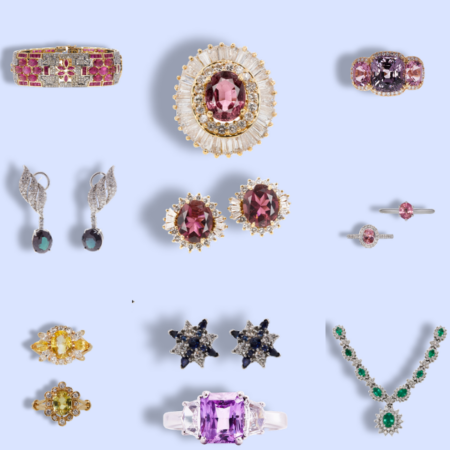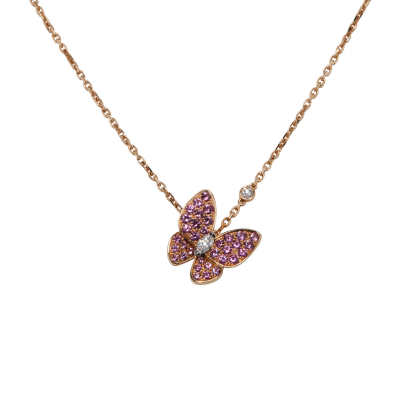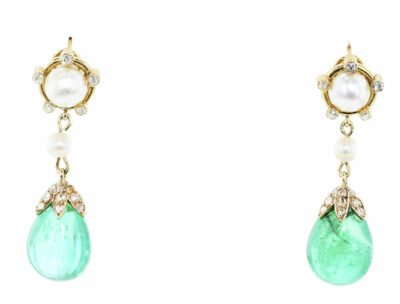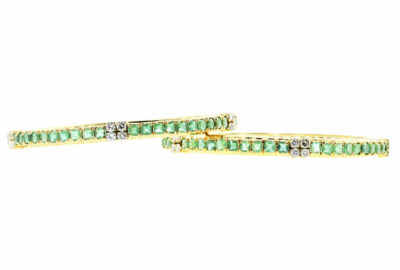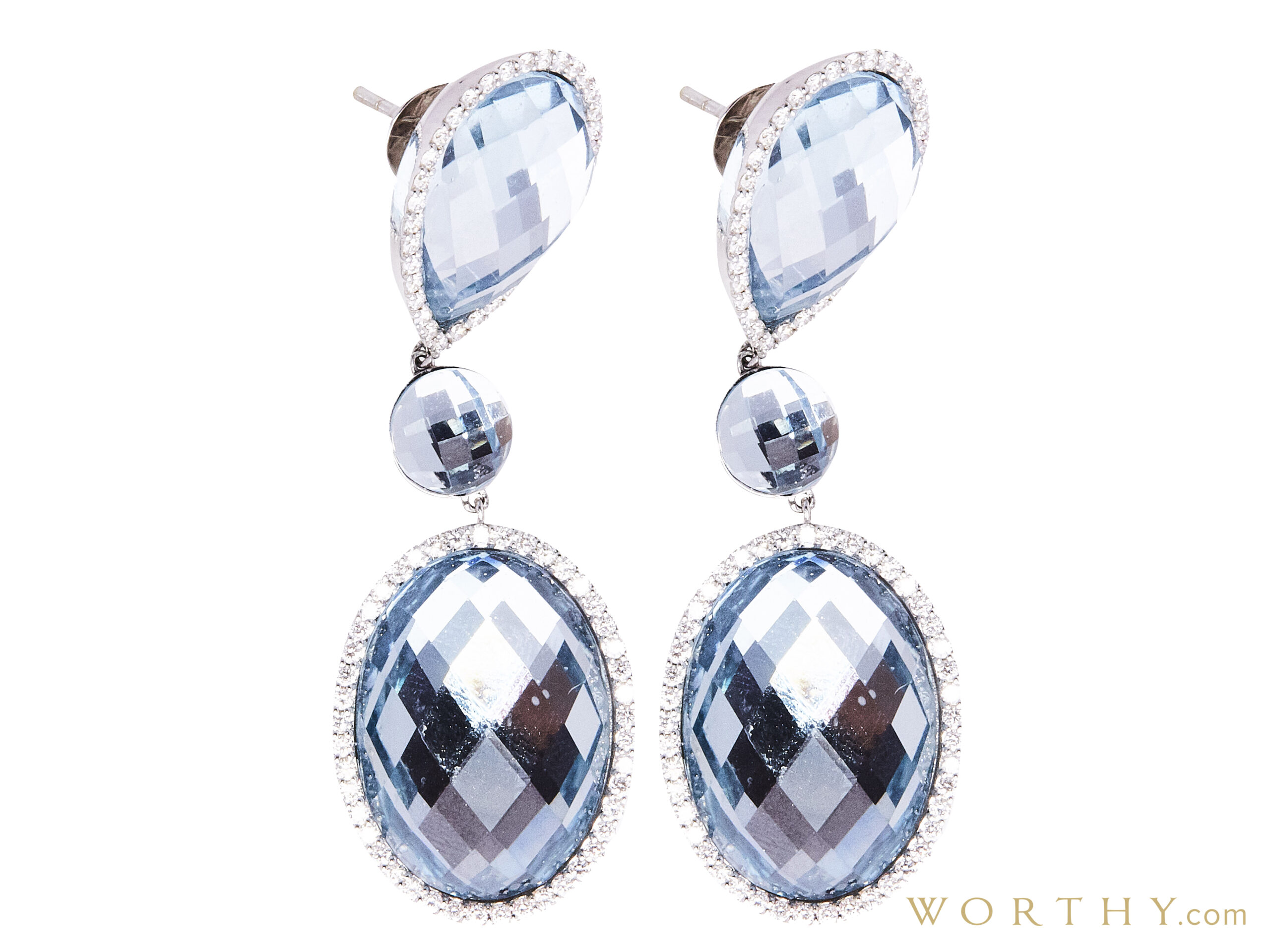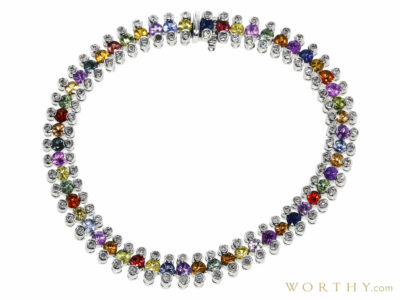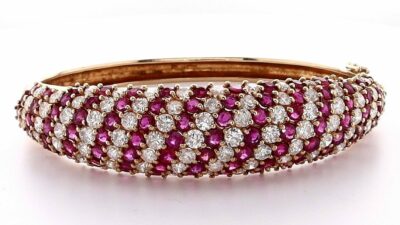Why is Worthy the Best Place to Sell Your Gemstones?
Safest Place To Sell
We keep your gemstone jewelry safe from the moment it leaves your home, starting with fully insured shipping while it’s on its way to our NYC office. While in our possession, your gemstone jewelry is kept securely in our vault.
Put Your Trust In Gemstone Experts
To sell a piece of jewelry for a good price, you need an expert. Worthy employs a team of highly trained gemologists and seasoned account executives to help you sell your gemstone jewelry. By partnering with Worthy, you can rest assured that you are working with the experts.
Sell Your Gemstones Fast
No more waiting around for an interested buyer to come around. We kick the traditional consignment store model to the curb. Instead, items sold with Worthy sell within 10-14 days on average. How? By selling directly to buyers who are ready to buy right now.
Speak to Our Sellers
Trust and transparency are our biggest values and we work tirelessly to give our sellers the best experience possible selling their gemstone jewelry. We’re proud of the thousands of five-star reviews we’ve received across the web and continue to work hard for our sellers every day.
High Bids = High Deals
By selling directly to a network of interested, professional buyers, we bring the market to you. And those professional buyers are ready and able to submit high bids on items like yours. All that’s left is for you to choose the highest deal.
More Money for You
Unlike other selling options, Worthy only makes money when our sellers do. Therefore, as a selling partner, we’re committed to getting you the most for your gemstone jewelry. Our unique, online process was designed with this goal in mind, by working directly with sellers and vetted buyers to get the best deal possible.
How to Sell Gemstones and Gemstone Jewelry with Worthy

1 Prep for sale

2 Auction online

3 Get paid
- Tell us about your item – answer a few basic questions about your gemstone jewelry for our experts to review.
- Shipping – Schedule a secure FedEx pickup from your home or drop off from a FedEx location. Worthy covers all shipping costs plus insured shipping by Lloyds of London.
- Prepare for sale – Our team of experts professionally cleans and photographs your gemstone jewelry before sending it out for grading at a third-party lab, such as GIA or IGI.
- Online auction – Once you have set a reserve price and started your online gemstone auction, you’ll be able to watch the offers roll in.
- Get paid – When your item has sold, you’ll receive the final sale amount, minus Worthy’s fee, which is a percentage of the sale price.
How Much Do Gemstones Sell For?
Wondering how much you can expect to earn when you sell gemstone jewelry? There are a few different factors that determine the sale price.
Is It Precious Or Semi-Precious
Gemstones are classified into two categories: precious and semi-precious. Precious gemstones are the more valuable of the two and include rubies, emeralds, and sapphires. All other gemstones are classified as semi-precious.
How Are Gemstones Graded?
Just as diamonds have a grading system, so do gemstones, however, it is not as standardized as the diamond system. However, most gemstone experts will agree that the four biggest characteristics are:
- Color saturation – this refers to the intensity of the gemstone’s color hue.
- Clarity – gemstone clarity is very similar to diamond clarity and refers to the presence or absence of inclusions and defects in the stone. If a gemstone has no visible inclusions, it is considered “eye-clean”.
- Transparency – This refers to how much light passes through the gemstone and how it scatters. Gemstones are classified as transparent, translucent, or opaque.
- Size – just like diamonds, gemstone size is measured in carats, with 1 carat being the equivalent of 200 milligrams.
Other factors that determine the value of your gemstone jewelry are the setting, whether or not the gemstone is rare, and if it is branded.
Where Can I Sell Gemstones and Gemstone Jewelry?
| Value | Easy to use | Time | Safety | |
|---|---|---|---|---|
| Local stores | Low resale value since stores aren’t motivated to pay a competitive price. | You might need to shop around to find a seller willing to make a good offer. | Once you find the right store, you can sell almost instantly | Local stores are usually safe and trustworthy. |
| Consignment and Pawn Shops | High consignment rates (up to 50%) due to overhead business costs and sellers receive small percentage of sale price | Shop advertises and sells your item on your behalf. However, shops may not accept your item. | Jewelry often sit for months before the right buyer comes along. | Usually safe, but sellers must take some precautions. |
| High End Auction Houses | On average, sellers receive 13 cents on the dollar. | You might need to shop around and/or bargain with the shop owner. | Simple way to gain access to cash quickly – normally same day. | Usually safe, but sellers must take some precautions. |
| Ebay | It’s challenging to get true market price since the seller sets the price. | Seller can set up the listing online, in a few easy steps. | Sellers need to wait until interested buyers find their listing. | Lack of trust, risk of being exposed to scammers and no expert supervision. |
| Worthy | Multiple buyers compete for your item at auction, driving up the price. | Worthy takes care of shipping, grading, auction preparation and sale. | Items are sold within 10-14 business days since they arrive at the Worthy offices. | Items are secure and insured from the time they leave the seller until they are delivered to the buyer. |
Auction Houses for Fine Jewelry
If you are the owner of a large piece of fine gemstone jewelry, especially if it comes from a major designer such as Tiffany or Van Cleef, you may want to consider selling through a global auction house like Sotheby’s or Christie’s. You can also explore smaller auction houses or something more local. But this option is only worthwhile if you are looking to sell a particularly high-end or high-value piece of jewelry. And this route, while offering a large payment, is likely to take some time until the sale is final.
